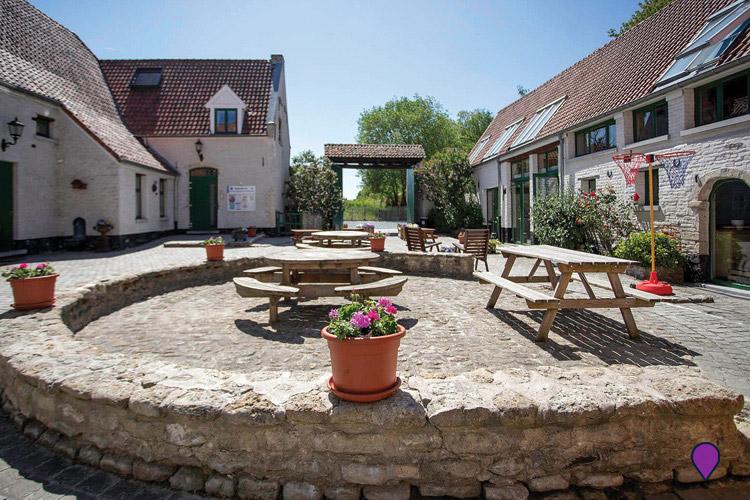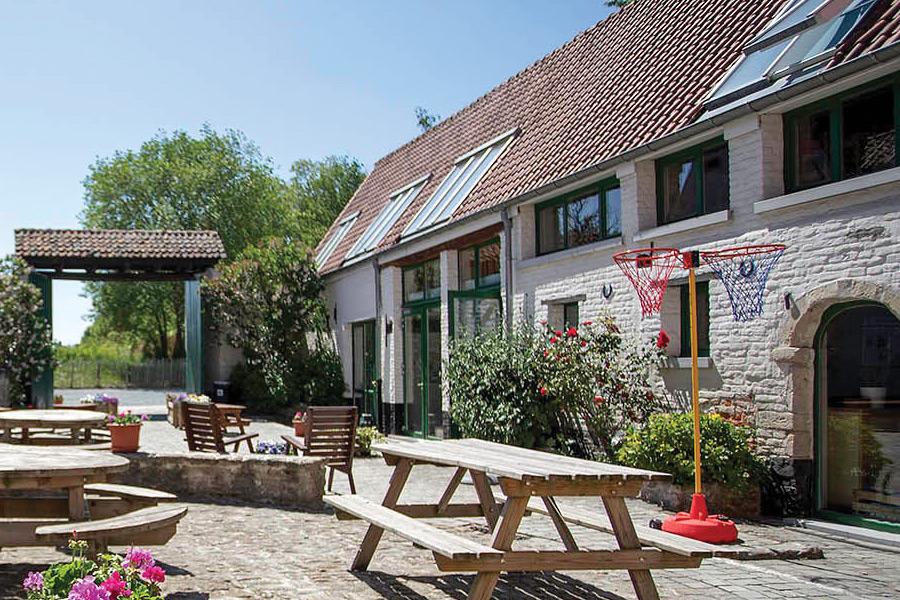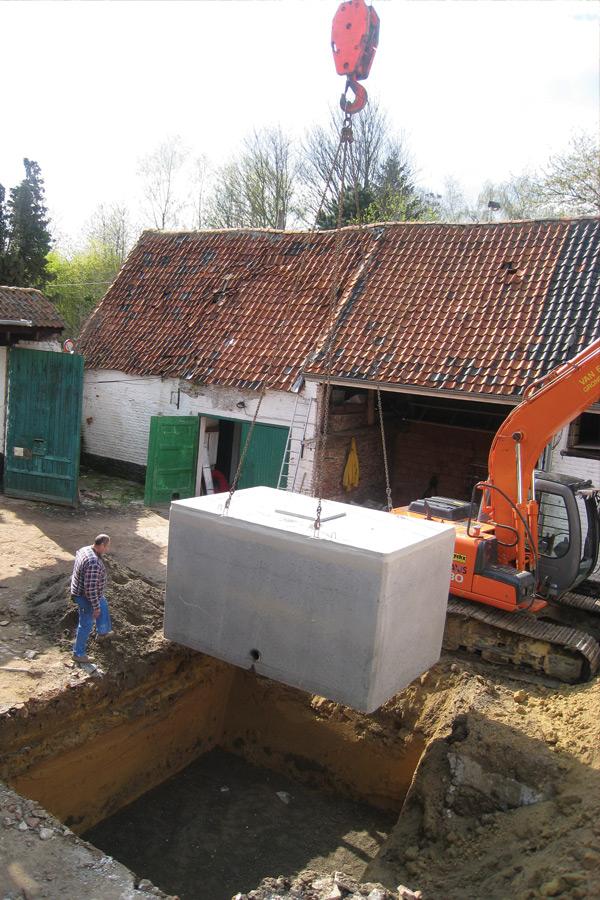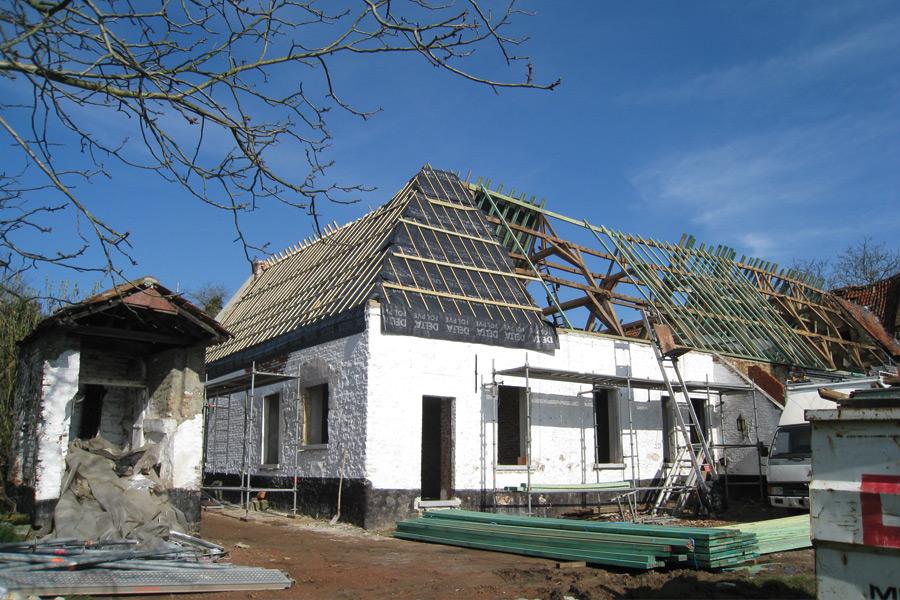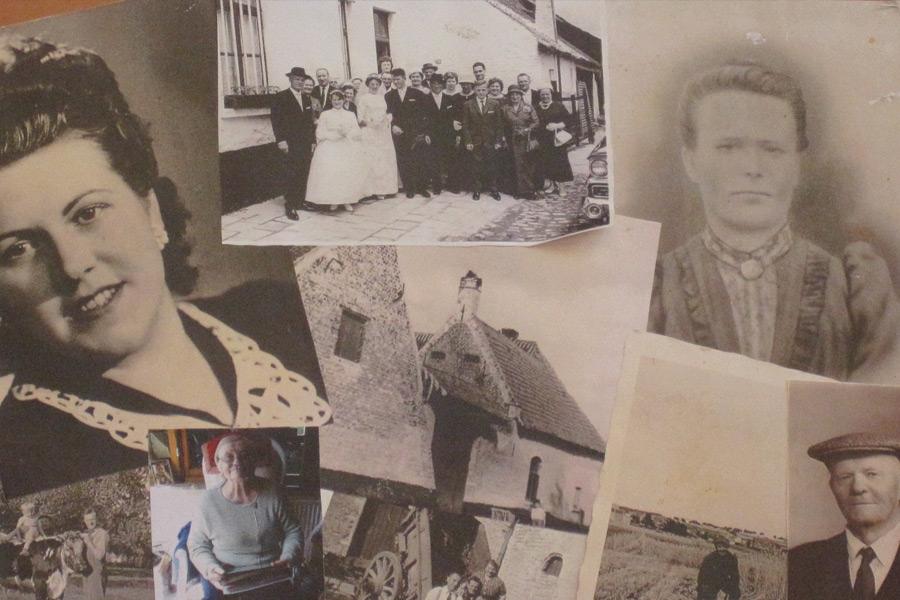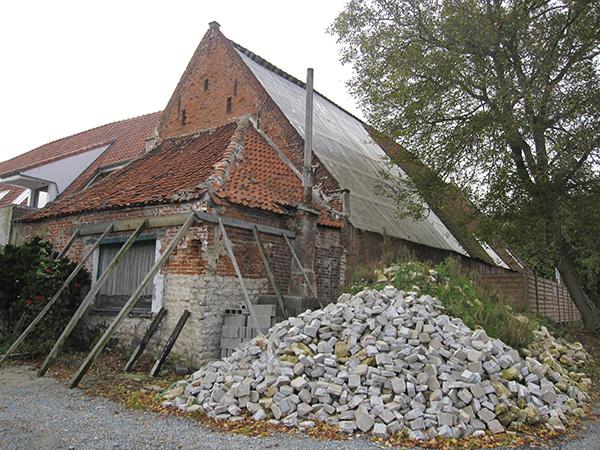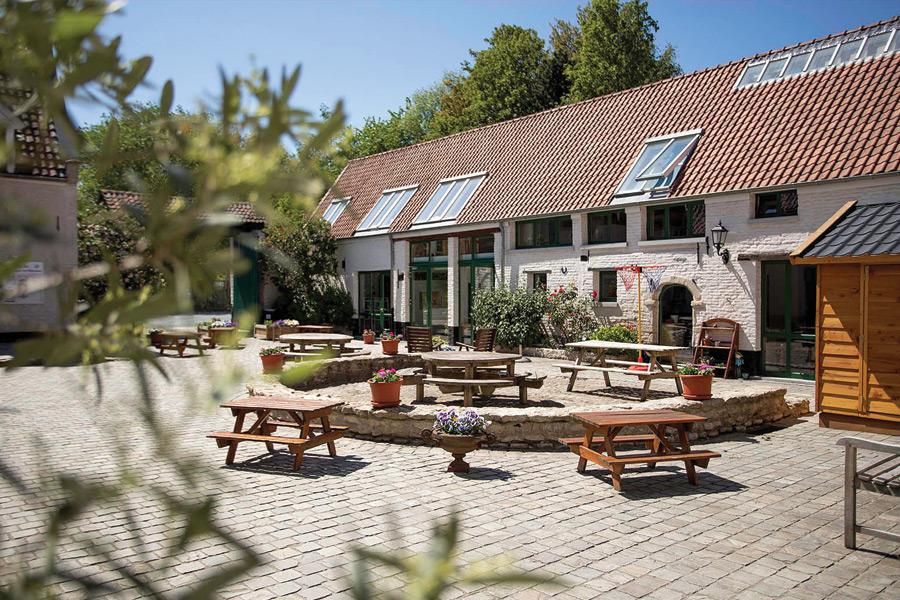
Hof Kleinenberg
Children’s House, Primary and
International Baccalaureate Secondary
from 2.5 to 18 years old.
International Montessori School
Hof Kleinenberg
Age range: Children’s House, Primary and International Baccalaureate Secondary Years
From 2,5 to 18 years old
Kleinenbergstraat 97/99
1932 St. Stevens-Woluwe
Phone: +32(0)2-7212111
Email: woluwe@international-montessori.org
By renovating a typically Belgian rectangular farmhouse dating back to 1651, a beautiful setting for children between the ages of 2 to 18 has been created. The building has two levels and is situated around an inner courtyard. It consists of several Children’s Houses, the Primary section and the Secondary section with the International Baccalaureate Middle Years Programme (IB-MYP) and Diploma Programme (IB-DP). Thus, providing entry into just about any university worldwide for our graduating students.
The learning environments consists of large open-plan classrooms, a library, science lab and multifunctional space with all necessary performing arts and visual arts equipment. The After School Hour programme is available till 18.00 hrs. every day for the children of the Preschool and Primary section.


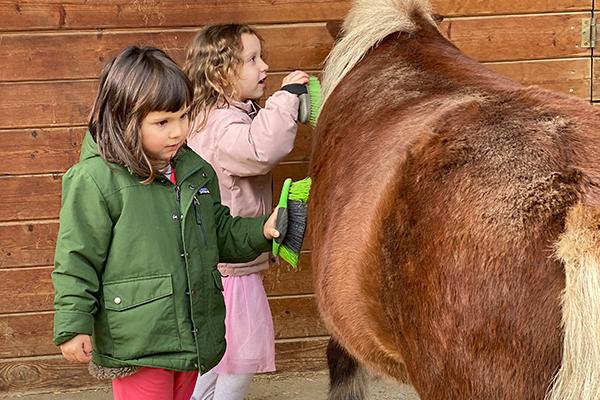
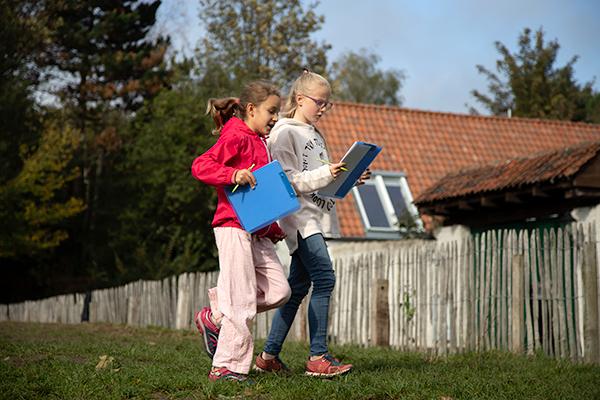
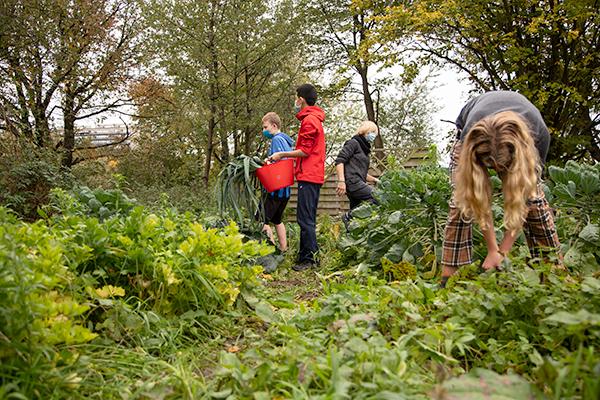
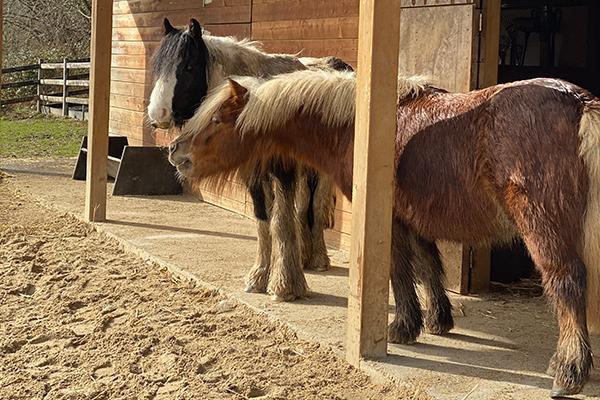
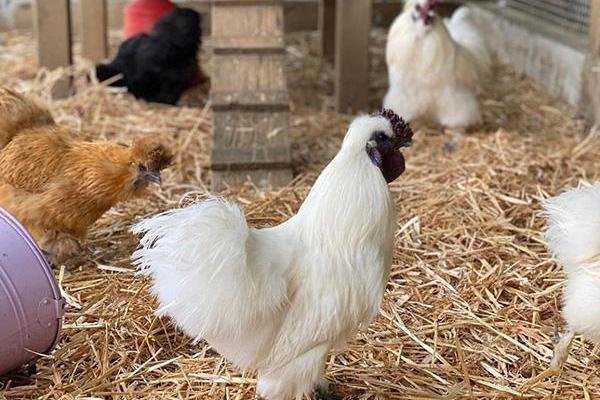
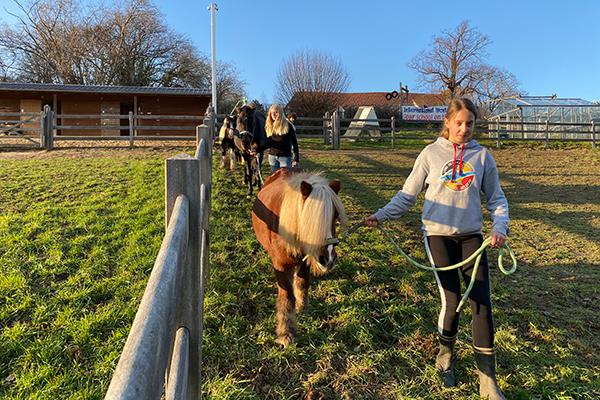
Green spaces
‘Hof Kleinenberg’ is situated on its namesake being the ‘small hill’ that overlooks the Woluwe valley. A green buffer used by farmers still surrounds it today. Of that land, 1.5 hectare is used by the children of the school. This includes the pony fields and barns, a section for our bees, vegetable gardens, a greenhouse, an orchard, Christmas tree grove, parking and outdoor sports areas. The older students can play their guitars in the courtyard, play soccer in an adjacent field and table tennis outside. The fields are occupied by the ponies, Pipo and Colin, and horse Verona who love being visited by groups of children coming down with their teachers to brush and feed them.
History
The school at Sint Stevens Woluwe is a completely closed rectangular farm. It is a beautiful and original example of the rural past, and was renovated between 2008 and 2014. The International Montessori School revived the dilapidated building in three phases and the full process turned the farmhouse into a new prepared learning environment for children aged 2 to 18 years old.
‘Hof Kleinenberg’ is a Classified Historic Monument and a protected site. The land surrounding the farm is classified as parkland and farmland and therefore will remain a green zone. Even though it is adjacent to the Brussels region and only 5 km. from the EU headquarters, it has the unique charm of country-life.
‘Hof Kleinenberg’ has a long history. It has first been noted in 1497. The dwelling was once destroyed by fire, yet sections of the building known today date back to as early as 1651 and have lived through nearly 400 years of history. It is known that in 1709, when the building was bought by Mr van Veltem-Oppem en Sombeke, it existed of a ‘stone house with slate roofing, together with a large barn, stables, water source and an additional building used as a summer house and an orchard’.
The name of the farm appears on a map named Ferraris dated 1777 and already then, it is named ‘Kleynenbergh’. At that time, it existed of three separate buildings, which around 1800 have been connected to become the rectangular structure we know today.
There is a referenced folk legend that tells us that in 1812, Napoleon came to visit ‘Hof Kleinenberg’ with his soldiers who slept in the barns that are now the Primary 2 and the MYP 3,4 & 5 learning spaces. He must have been on route to Russia, and it is said that he carved his signature into one of the overhanging wooden beams. We are yet to find his signature… but this is certainly one of our life-long quests!
The Kleinenbergstraat today is a small cobblestone street running parallel to the main Avenue de Woluwe. However, it used to be the main road to Aachen!
The rectangular farm consists of three sections:
- The ‘Cornelis Manor’ which was previously used as living quarters for the family, a cow-house and storage areas.
- Coach building and stables.
- The ‘10% Barn’ which was used to gather the harvest. The name stems from the habit that smaller farms in the area leased land and 10% of the harvest served as payment of lease.
- Additionally there still is:
- The external pump house, next to the Green Door Entrance
- The orchard area, which is currently named the ‘bunny field’ and used for vegie gardens, sports and games.
An Ecological Approach to Renovation
Hof Kleinenberg was discovered as a dilapidated building. The objectives of the renovation was manifold:
1) Reducing the ‘educational ecological footprint’ and provide a ‘green’ building by means of:
a. Renovating with sustainable and natural materials such as stone, handmade bricks, oak beams, and natural roof tiles. Walls were rebuilt with the original stone and where new bricks were needed a special hand baked Belgian brick was added. Roof tiles are natural and historic and are named the ‘Pottelberger’.
b. Renovate the original structures instead of buying new materials: the original roof tussles were restored and repaired to return to the full grandeur of the heavy oak triangular structure. Even the original connections made with wooden pins were applied for the structure to return to its ingenious authentic whole.
c. Recycle building materials: stones, wooden beams that had collapsed, original doors ea. were re-used.
d. Maximise Insulation.
2) Set up a process that reduces consumption:
a. Water conservation: The rainwater run-off of the roofs is stored in 6 huge 10.000-liter tanks. This water is used for toilets, laundry and gardens. City water is only used for kitchens and hand washing facilities both indoor and outdoor (according to health regulations).
b. Gas-condensed heaters optimize the use of energy and floor heating ensures that there is no unnecessary loss of heat produced.
c. Electricity conservation by creating large windows for natural light and the implementation of light adjustments according to need by means of a number of light circuits per space.
3) Create a healthy building:
a. Natural building materials do not add the chemicals to the air that are found in modern building materials.
b. Natural buildings breathe and therefore purify the air.
c. Computers are wired. Wi-Fi is limited to certain sections of the building.
4) The farm has been renovated with respect for the history and the families that lived and worked there.
The ‘Cornelis Family’ that farmed the land for the last 50 years provided photos of life and farming from the 1950s’ onwards. They told stories of the past, visited the renovations and attended several school celebrations once the project was completed.
The farm and surroundings returned to their original grandeur can be enjoyed by children and adults alike, and is fit for the next 200 years!


